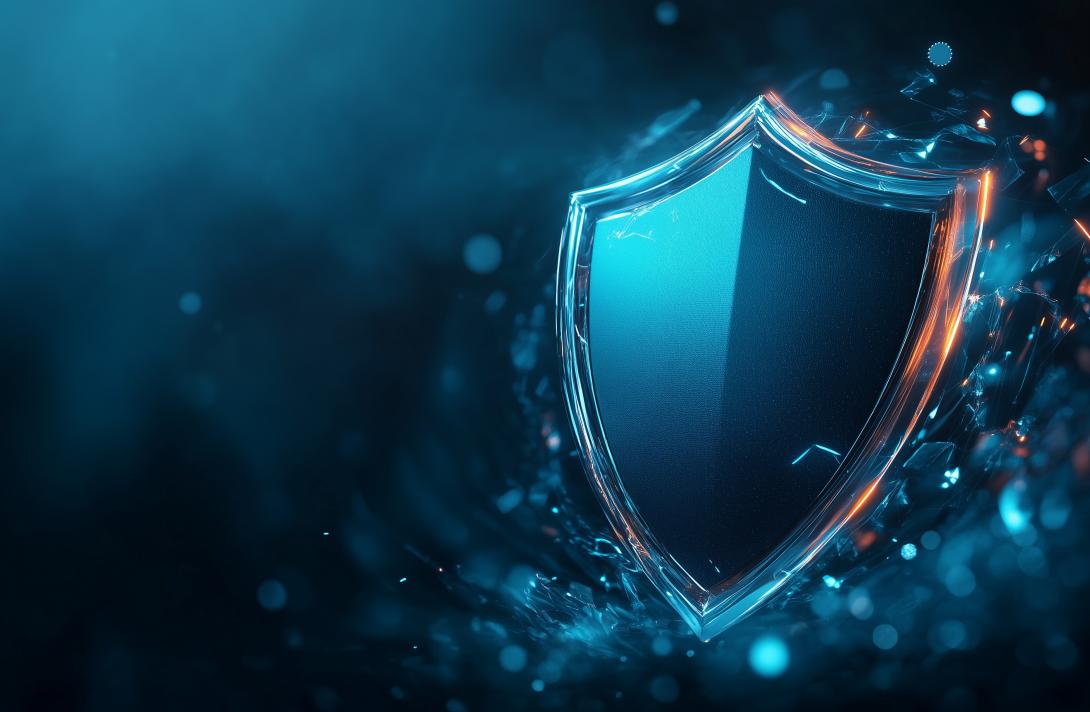Cyber Shield 2025 Celebrates Creative Thinkers
This year’s Cyber Shield exercise showcased that creative problem solvers are the key to combating malicious cyber actors.
Cyber Shield is the largest and longest-running U.S. Department of Defense (DOD) unclassified cyber exercise that has been training service members in cyber incident response and network defense since 2013. This year’s exercise, which began May 30, featured more than 900 soldiers, airmen, sailors, Guardians and civilian experts from the United States and 15 different state partners.
“What we're doing is trying to bring people from really across the globe together to determine best practices, test and train and learn from each other to make sure we're better prepared to respond to future incidents, but more importantly, to harden our networks, to prevent adversaries from entering the networks and disrupting especially critical infrastructure in our home countries,” said Army Brig. Gen. Russell E. McGuire, exercise director, during a media roundtable discussion.
The exercise divides participants into red and blue teams. The red teams simulate cyber attacks, and blue teams respond to the attacks with different defense mechanisms. According to Army Lt. Col. Seth Barun, the exercise officer in charge, each year has a different technology focus, and this year, participants simulated cyber incidents in the areas of agriculture and autonomous vehicles.
Cyber Shield leaders addressed the media Tuesday to emphasize the importance of strengthening international partnerships and spurring critical thinking and problem-solving to prepare for future cyber attacks.
Barun said instead of focusing on training specific tools, Cyber Shield tests warfighters on different concepts, like how to recognize threats and where they come from.
“It's also about sharing the different kind of thinking. It's about the creativity,” said 1st Lt. Ignas Zilinskas, cyber team lead from Lithuania. “And you know, you see someone using the red team tool for blue team activities. That's reverse thinking, but it opens up for you also another level of opportunity for your next exercise.”
McGuire said one team from North Carolina created an operational technology network with a John Deere tractor equipped with pesticide sprayers. Many of the participants are capable of creating software and solutions that aren’t commercially available.
Participants build their own custom malware for the training scenarios during the exercise, Barun explained. The creative attack simulations force the response teams to think outside of the box and solve problems they haven’t encountered before, which Barun said is a goal of Cyber Shield.
“Hey, there are some known attacks out there,” Barun said. “What happens if there's an unknown attack? And how are you going to recognize that?”
Lt. Melton Brown, the blue team lead from Jamaica, said the international collaboration helps service members from different countries learn more about the unique threats that each experiences and must defend against. Cyber Shield doesn’t focus on one bad cyber actor or one solution to a particular incident; all participants share their defense methods so that everyone can learn and strengthen their forces.
“The barrier to entry to be an adversary is so low that we're constantly having to prepare for new tactics and techniques and procedures,” McGuire said.
Another key part of Cyber Shield 2025 was finding a common open-source software that all participants from around the world were able to use during training, ensuring that everyone would be prepared to work as a team before a real-world incident occurs.
“We're constantly looking where there are gaps and then going back to our leadership and our partners, both in state and out of state, and across the entire DOD enterprise, and find[ing] ways to make it better so we're better prepared,” McGuire said, “because we need to make sure we have the right manning levels, that we have the right training levels, and we have the right equipment.”






Comments